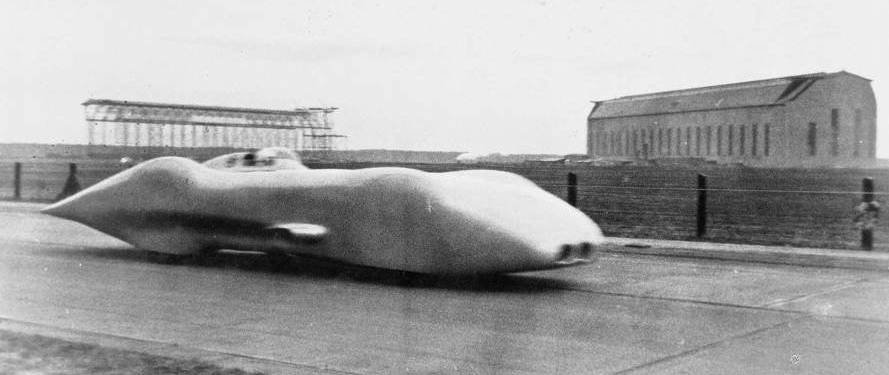80 Years Ago, The Mercedes W125 Hit 432.7 km/h On A Public Road

Mercedes had a need for speed in the 1930s, which culminated with the record-breaking W125. In the hands of racing driver Rudolf Caracciola, the W125 twelve-cylinder monster made history on January 28, 1938 when it established a world record on a public road: 432.7 km/h over a flying kilometer on the German autobahn, specifically between Frankfurt am Main and Darmstadt.
Nearly 80 years later, Mercedes is celebrating the impressive achievement, which went on to remain untouched up until a few months ago. Indeed, on November 4 last year, Koenigsegg with its Agera RS claimed a new world record by doing an average speed of 445.54 km/h over a flying kilometer. On the very same day, the W125 also took down the record for the flying mile by doing 432.4 km/h – this one too improved by Koenigsegg last year when it set a total of five records.
The longevity of the W125's records is utterly impressive and you can imagine it took a lot of effort to hit those velocities back in the late 1930s.
For starters, it needed to be as sleek as possible. Measurements done in the wind tunnel four decades later showed the body had a drag coefficient of only 0.170. To put that figure into perspective, what is generally considered as being the world's most aerodynamic production (albeit very limited) car, the super sleek Volkswagen XL1, had a Cd of 0.189.
Then there was the engine, a 5.6-liter V12 with 765 horsepower (563 kilowatts)... in 1938. Thanks to extra carburetors, it packed an additional 29 hp (21 kW) over the original specification of the engine, which had been used eight weeks earlier in an aborted record attempt. During that period, the engineers also worked on improving reliability and optimizing the fuel/air mixture supply to each of the twelve cylinders. In addition, the body was basically redesigned from the ground up to boost aero and it benefited from the expertise provided by aircraft manufacturers.
The engine featured a bespoke ice-cooling system by placing the radiator in a container with 5 kilograms (11 pounds) of ice and 48 liters (12.6 gallons) of water. The brilliant idea came from German test institute for aviation in Berlin-Adlershof and also had a positive impact on aerodynamics as the airflow through the radiator would have increased the much-important drag coefficient.
It seems highly unlikely the new records established by Koenigsegg will last for another eight decades considering Bugatti with its Chiron and Hennessey with the Venom F5 have both announced plans to try and claim the top speed record for a production car in the foreseeable future. Even Koenigsegg has suggested the Agera RS might be able to break the 300-mph barrier, so it seems like we're just getting started with these top speed records.
Related News
